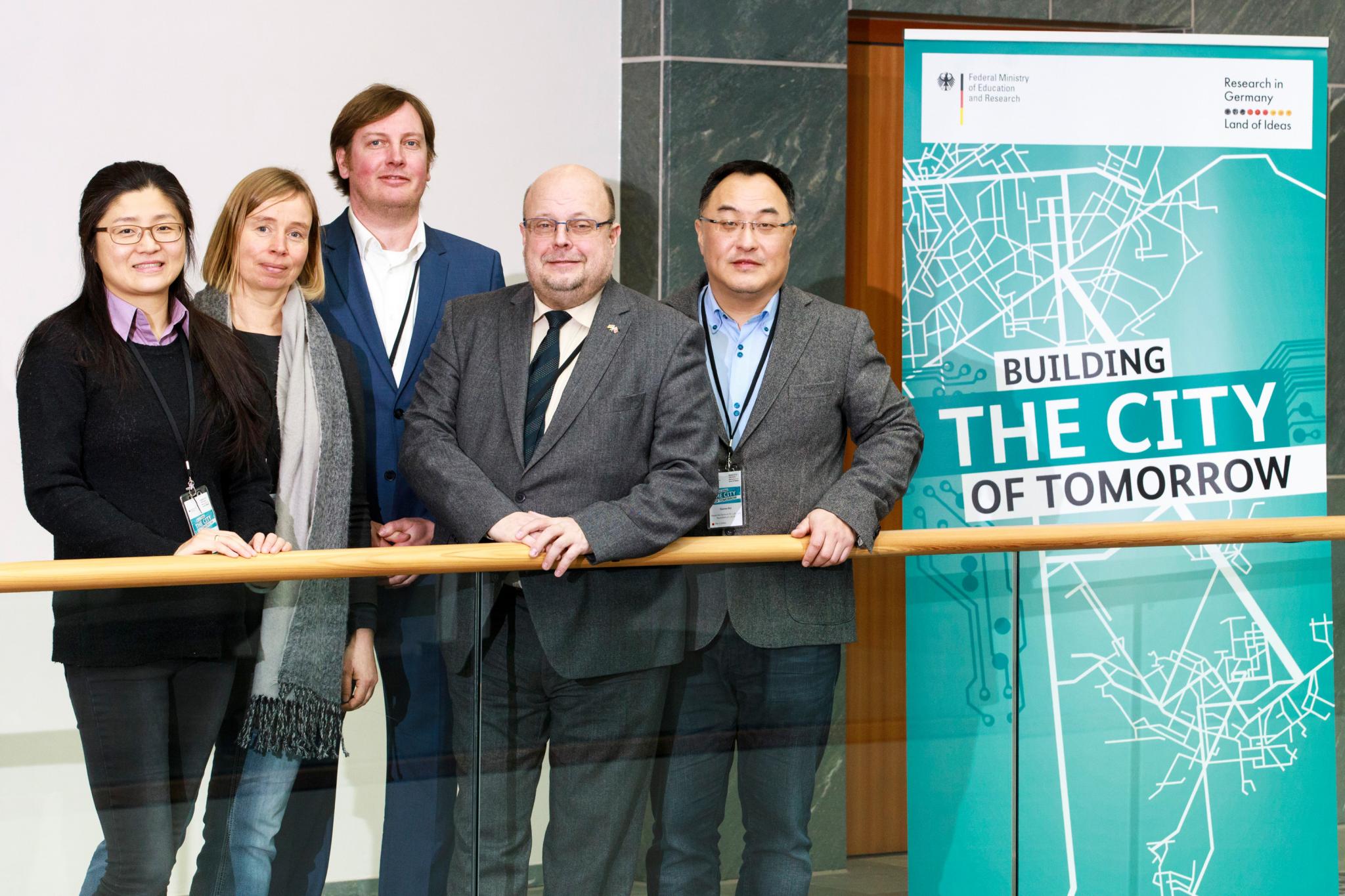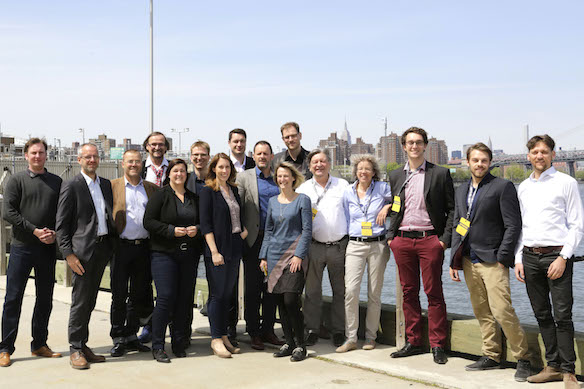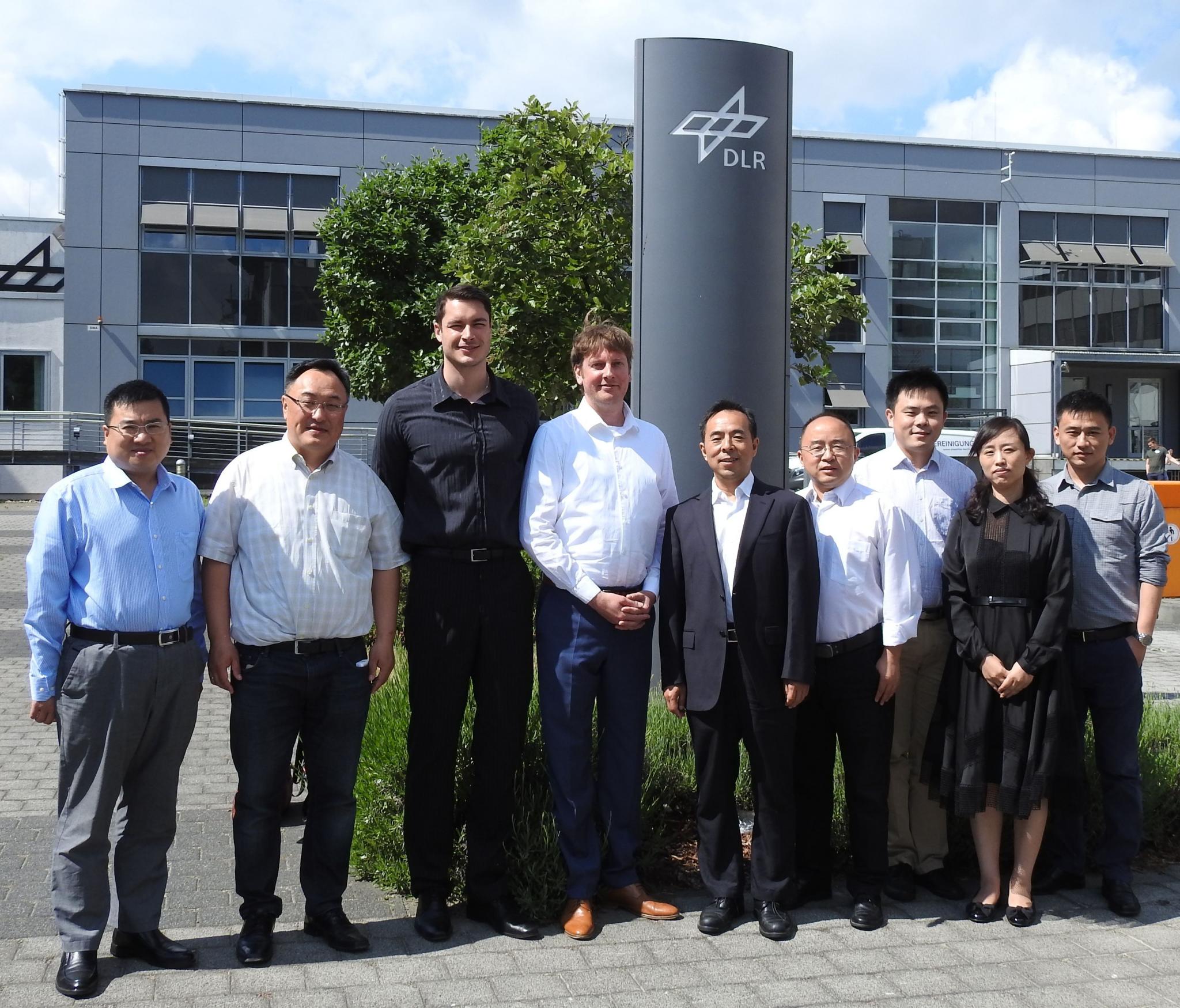In the major cities of China, millions of new vehicles are causing increasing traffic congestion, air pollution and a shortage of parking space. Similar challenges have also been faced by other large cities. In recent years DLR has carried out various research projects in Europe and China, which have produced the "German Innovation Package - Traffic and Environment Monitoring System (TEMsys)". The GIP2China project presents TEMSys in other cities in China.
Objectives:
- Contribution to social challenges
- For energy-efficient, environmentally-oriented, low-emission mobility
- Using new technologies and intelligent transport and mobility systems
- Distribution and marketing of GIP (TEMSys)
- System solutions for traffic and environment in China
- TEMSys adaptations / extensions for other users, cities and provinces
- Promotion of research services and results from Germany
- Expand the network
- Find cooperation partners in industry, research, cities and at other users
- Joint project development and implementation
- Joint marketing of application system solutions
TEMSys – Technology:
- Online: Real-time, green & safe Traffic Management
- Traffic situation and prediction
- Traffic environment monitoring (NOx, CO, SO2, PM2.5)
- Fleet - fuel consumption optimization
- Intersection Monitoring (Traffic safety and environment)
- Offline: Obtaining a long-term understanding of the traffic and environment
- Sustainable benefit analysis using traffic simulation (SUMO - http://www.dlr.de/sumo)
- Szenario Analysis: Traffic and Environment Impact, Before and After analysis of traffic management measures
- Support for decision-makers for environmentally friendly traffic Management
Activities:
As one of ten outstanding research networks GIP2China is given a platform for presenting our innovative project within the campaign “Shaping the Future – Building the City of Tomorrow”. The official kick-off took place in Berlin at Federal Ministry of Education and Research (BMBF) on 9 February.

"20 years of Science & Technology Cooperation between Vietnam and Germany"
Together with other Smart City networks GIP2China presented the traffic and environment monitoring system with respect to the Vietnamese city structure and traffic demand.
In the major cities of China millions of new vehicles are now causing increasing traffic congestion, air pollution and a shortage of parking space. They are therefore very interested in the DLR-project GIP2China with his scientific and technical consulting in research, development and implementation of system solutions, their extensions and costumer-oriented adaptations in the field of traffic management as well as environmental and future-oriented mobility solutions.
The first trip to China led the GIP2China- team to Beijing, Chengdu and the two smaller citys MianYang in the Sechuan Province and XuanCheng in the Anhui Province.
Beijing:
At a meeting with the KfW in Beijing the further procedure in the project ITS Construction for Huainan and the potentials for further projects were discussed. In addition the German embassy was visited and the project idea presented to the new transport councilor, Mrs. Petra Weindorf, and her Team.
Chengdu:
The second stop of the trip was Chengdu (Sechuan Province). A first meeting with partner EUPIC took place. In addition a workshop with the municipal authorities of Chengdu was held. The city has expressed great interest in GIP2China and will work with the GIP2China team to take further steps towards project management. A specialist workshop with all German partners in Chengdu will be held in October (date?).
The fastest developing region of Chengdu is the TianFu New City with a surface area of 1578km². At a meeting with the administrative bodies of the City the great potentials of cooperation between GIP2China and the fast-growing district were identified. GIP2China plans further involvement in the city during the project period. During his stay in Chengdu, the project team was also presented at the German Consulate in Chengdu. Ingrid Delfs, the Deputy Consul General, has welcomed the activities in Chengdu and promised her further support.
MianYang and XuanCheng:
In 2016 the city of MianYang has built up a modern parking management system, which has impressed the project team with its comprehensive data and management center. There is great interest in the further use of BigData by MianYang.
In XuanCheng, the project team was welcomed by the Deputy Mayor Yangchang TIAN, and the KfW-Model-Huainan was presented to the responsible authorities (Transport Police, Transportation Committee and Finance Department) during a meeting and analyzed the applicability to XuanCheng. Following the team's return to Germany, the city has already asked for further steps on the concrete approach that the GIP2China team is working on with local partner AnhuiKeli.
Together with other German research networks in the BMBF’s international "Shaping the Future – Building the City of Tomorrow" campaign the GIP2China-team promoted themself at the "Smart Cities NYC ‘17" trade fair in New York to find international partners for joint urban development Projects.

Under the lead of Mr. Pinhua YANG a delegation of the Ministry of Science and Technology (MOST) of the Sichuan province visited DLR in Berlin.

2017-10-24 Chengdu Workshop: Within the framework of the “12th EU-China Business and Technology Cooperation Fair” between October 24 and 31 the “Symposium on sustainable traffic” will be carried out in Chengdu.
